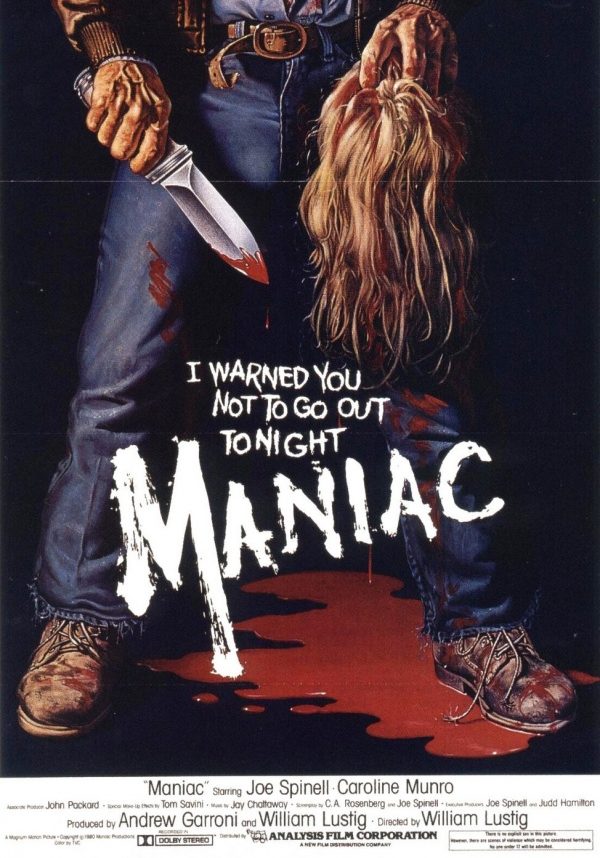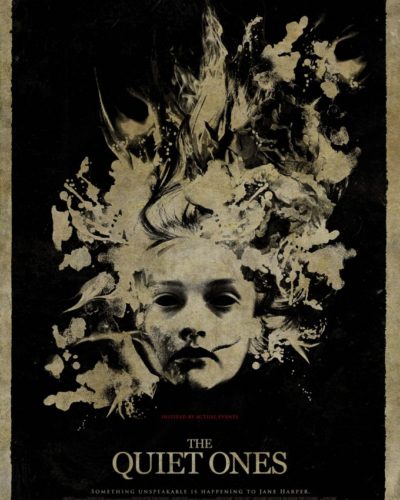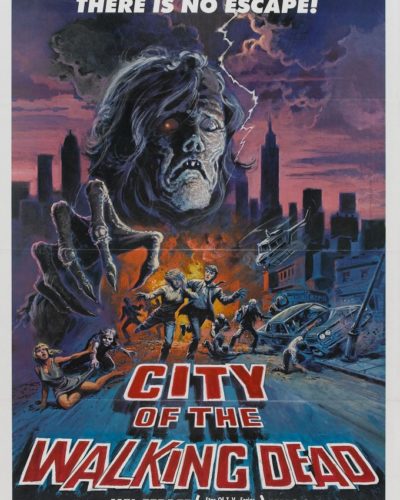A Glimpse into Madness: “Maniac” Unveiled
“You can lock the windows. You can lock the doors. But you can’t lock the madman out of your mind.” This chilling line from the 1980 horror movie “Maniac” perfectly encapsulates the spine-tingling essence of William Lustig’s exploration of a twisted psyche. “Maniac” is not just another slasher film—it is a deep-dive into the disturbed mind of a serial killer. Released into a world where horror was evolving into something more visceral and psychologically charged, this gruesome feature tells the tale of Frank Zito, a deeply troubled man whose mother issues manifest in a series of brutal murders as he stalks the gritty streets of New York. Delivering a potent blend of graphic violence and character study, “Maniac” is a harrowing journey not for the faint of heart.
The Fabric of Fear: Crafting a Nightmare Atmosphere
The visceral texture of “Maniac” lies in its relentless atmosphere of bleakness and despair. Lustig’s vision stays well clear of the sanitized gloss typically found in some of the era’s slasher films, choosing instead to imbue the narrative with a somber, almost documentary-like quality. The horror here is more personal, more invasive, as if the viewer is an accomplice to Frank’s terrible deeds. The heart of the tension is in its foreboding; the menace lurks in broad daylight as much as in the deep night, turning New York into an urban labyrinth of terror.
Dark Visions: A Cinematographer’s Nightmare Palette
The unique flair of “Maniac” arises partially from its approach to filming. Cinematographer Robert Lindsay manipulates shadow and light to harrowing effect, at times plunging scenes into near-darkness, reflecting the protagonist’s dark inner world. Yet, it is the mundane normalcy of the brighter scenes which paradoxically amplifies the sense of unease. Handheld camera work and first-person perspectives pull us uncomfortably close into Frank Zito’s world, making the viewer a silent witness to his unraveling. The film’s infamous special effects, crafted by the legendary Tom Savini, add layers of visceral horror that still shock audiences today.
Mortality Echoed: The Piercing Power of Sound
Sound is the unsung hero of horror, and “Maniac” exploits it masterfully. Its soundtrack, composed by Jay Chattaway, is a blend of haunting synth melodies punctuated by stings and echoes that cue the audience’s dread. Sound effects, particularly the grotesque sounds of violence, punctuate the film’s most chilling moments, leaving a lingering echo that follows viewers long after the credits roll. Silence, too, is used strategically—moments of quiet before the storm that heighten suspense to nearly unbearable levels.
Reflections in a Broken Mirror: Characters in Crisis
In the realm of performances, Joe Spinell’s portrayal of Frank Zito stands as a cornerstone of horror character studies. There is a haunting authenticity in his portrayal of this maniac— Spinell doesn’t just play Zito; he seems to become him, delivering a performance that is as magnetic as it is deeply disturbing. The supporting cast, while not given as much development, react in believable ways to the horror unfolding around them, grounding the film with a sense of realism amid the madness.
Terrifying Mechanics: The Essence of “Maniac’s” Horror
“Maniac” straddles the line between psychological thriller and slasher, but it doesn’t quite conform to the expected tropes. The real terror is psychological; the gruesome scenes of violence are manifestations of Zito’s fractured mind. Each murder is a physical rendition of the chaos within—a stark and bloody metaphor for his internal struggle. “Maniac” operates on a level of intimacy with madness that is uncomfortable, making it a formative example of character-driven horror that resonates long after the initial shock has faded.
A Reflection on Darkness: The Enduring Impact of “Maniac”
William Lustig’s “Maniac” stands as a testament to the potential of horror to delve into the abyss of the human psyche. Despite the film’s grimy aesthetic and relentless gore, it achieves moments of poignancy that elevate it above mere exploitation. This is not horror for its own sake; there are layers here, exploring themes of childhood trauma, the psychology of violence, and the urban desolation of 1980s New York.
For those seeking a window into the heart of darkness, “Maniac” offers a grim reflection. It’s a film that demands a certain resilience from its audience but rewards those who can stomach its atrocities with a deeper conversation about the nature of horror itself. This movie is best reserved for hardcore horror aficionados who appreciate the convergence of psychological depth with unflinching brutality.
In comparing “Maniac” to the broader horror landscape, it falls in line with character-driven narratives like “Henry: Portrait of a Serial Killer” and “Psycho”, yet maintains its own unique, grim flavor. It’s a different beast from the jump scares and polished terror of more recent horror; it belongs to an era where the genre began to take risks, marrying psychological exploration with explicit content.
Final Verdict: “Maniac’s” Place in the Pantheon of Horror
Despite its technical imperfections and a narrative structure that may test the patience of some, “Maniac” holds a special place in horror history. Its relentless atmosphere, eerie soundscapes, and Spinell’s unforgettable performance fuse into a nightmarish cocktail of real-world horror.
As a critic, one must caution viewers of the graphic content and potentially triggering themes. However, “Maniac’s” stark portrayal of a killer’s mind makes it a critical piece of cinema for those analyzing the evolution of horror as a genre. It’s a stark reminder that sometimes, the most harrowing terrors are birthed not from supernatural entities, but from the human mind itself—a concept as relevant today as it was in 1980.




